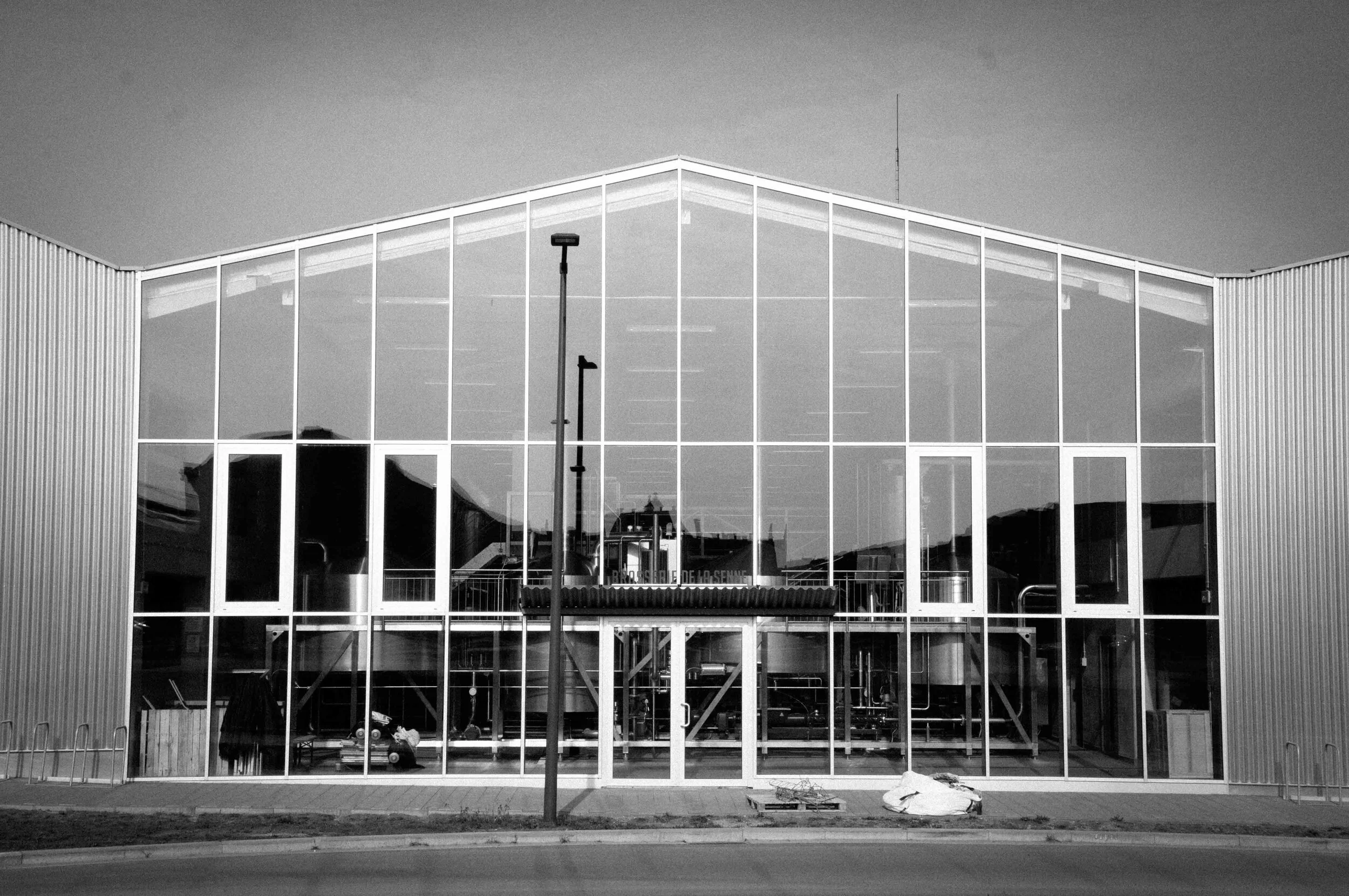A History of Brussels Beer in 50 Objects // #8 Statue of Karel van Lotharingen
Find out more about Brussels Beer City’s new weekly series, “A History Of Brussels Beer In 50 Objects” here.
Object #8 - Statue of Karel van Lotharingen
18th century
Business Life
“A more dreadful spectacle never was seen; nothing could more resemble what we are told of the burning of Troy” - James FitzJames, 1st Duke of Berwick
At 7pm on August 13, 1695, the skies above Brussels commenced to rain fire down on the city. French king Louis XIV, frustrated with the progress of his Nine Years’ War, determined to make an example of Brussels. For three days the Sun King’s troops pummeled the city with a barrage of cannonballs and firebombs, stopping only once, briefly, to reload. To keep their aim true they used the ornate spires of Brussels’ Town Hall, on the Grand Place, as their target.
The bombardment ceased on August 15. A catastrophic fire ignited by the firebombing and stoked by Brussels’ dense narrow streets and the wooden houses that crowded around them, which had raged for three days, subsided. All that was left of the Grand Place was shell-shocked facades looming over piles of rubble and ash, eliciting breathless comparisons to the sack of Troy. The buildings around the Town Hall were obliterated, including the one that used to stand at number 10: the Maison de l'Arbre d'Or (“House of the Golden Tree”), known locally as the Brauwershuys and home to Brussels’ brewers’ guild.
The guild emerged in the 1400s, when it was officially recognised and admitted into a nation, one of nine umbrella bodies representing the city’s artisan guilds. In the early 1600s they purchased the l'Arbre d'Or from the tapestry makers’ guild to use as their headquarters, until the arrival of French cannonfire. But brewing was profitable, and the brewers’ guild was wealthy. Within three years the guild had rebuilt l'Arbre d'Or as a gilded Baroque projection of influence. On the facade were reliefs of frolicking cherubs joining the harvests, hop picking and drinking beer, alongside columns decorated with hops and wheat.
In 1705 they mounted a grand equestrian statue on the roof. Maximilian II Emanuel, governor of the Spanish Netherlands, had failed to protect Brussels from destruction. But the brewers were canny politicians as well as successful businessmen and knew it wouldn’t hurt to stroke the ego of a potential political patron. And when the political winds changed, they hauled Maximilian from his perch and replaced him with Karel van Lotharingen, the new governor of the now-Austrian Netherlands.
Karel is still there - though the current statue is a 1901 bronze replica of an 1852 replacement of the 1752 original - and the l'Arbre d'Or is largely unchanged since its reconstruction. The rest of the Grand Place was rebuilt too, the city’s administrators taking advantage of the destruction to widen streets, improve sanitation, and demolish fire-prone buildings.
The 1695 bombardment was Brussels’ first great urban calamity. It would not be the last, nor the last one to strike at the heart of the city’s brewing fraternity. The next great upheaval of Brussels’ urban fabric wouldn’t come from foreign invaders but from the reconstructed towers of the next-door Town Hall that overshadow Karel’s gleaming bronze steed.













